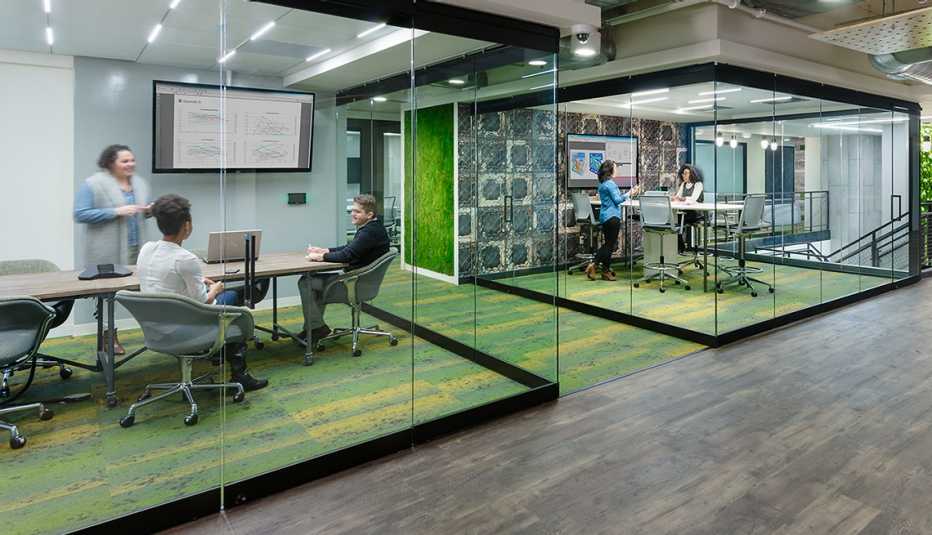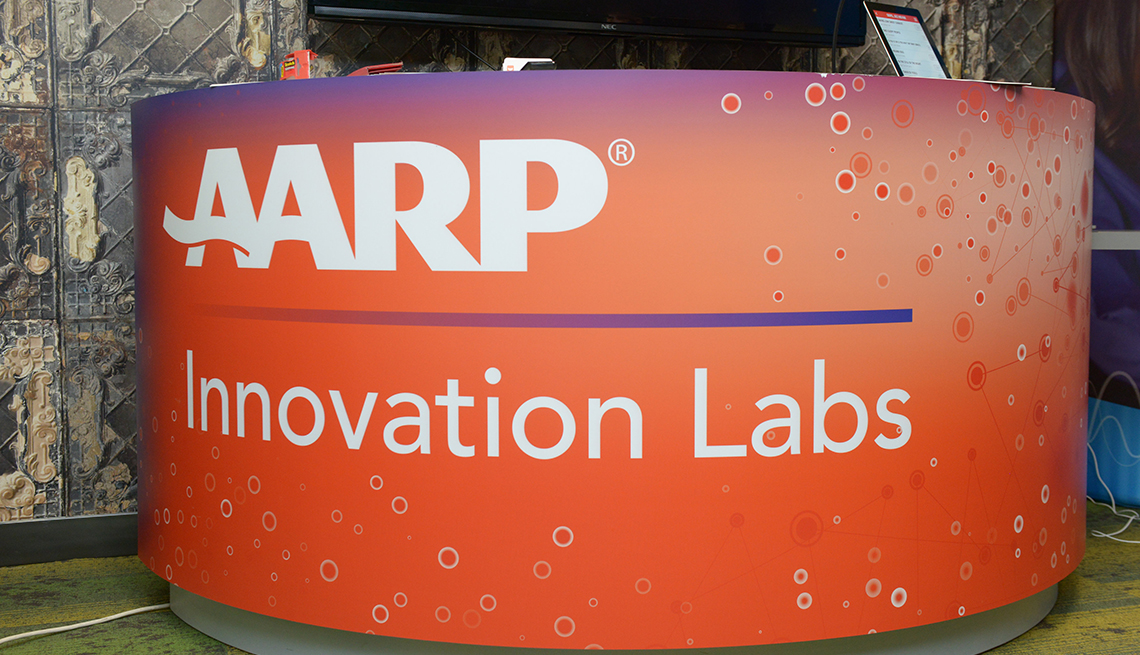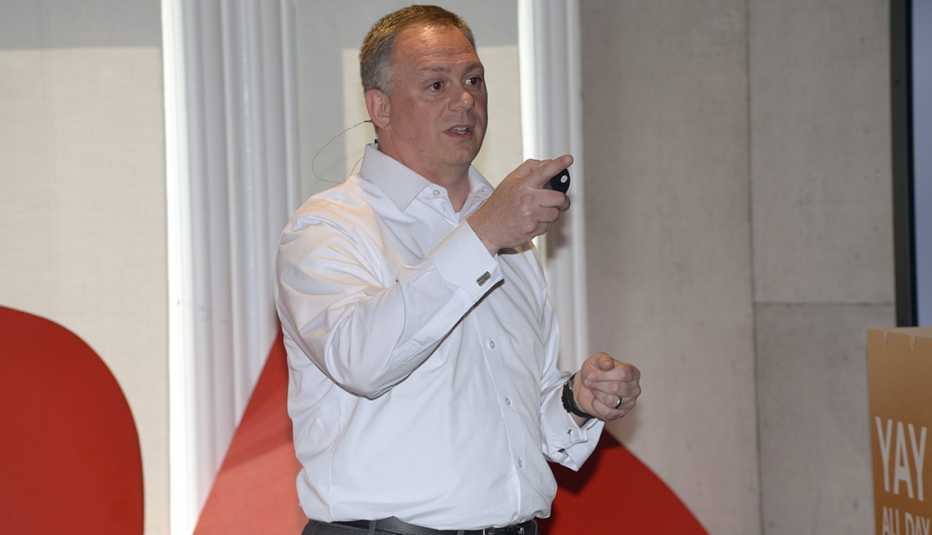Staying Fit
When Ethel Percy Andrus founded AARP in 1958, she was focused on innovation of all sorts.
A former teacher and high school principal, Dr. Andrus was a font of groundbreaking ideas. She established a community residence so older people would not have to live alone, she organized group travel to make dream trips affordable to retirees, she opened lifelong learning centers to keep minds active, and — on a more physical front — she had a “House of Freedom” built to showcase a concept that we now call “aging in place.” And that’s just to name a few.


AARP Membership— $12 for your first year when you sign up for Automatic Renewal
Get instant access to members-only products and hundreds of discounts, a free second membership, and a subscription to AARP the Magazine.
AARP today is as busy as its founder was 60 years ago, percolating fresh ideas to serve people over 50 who have been neglected by the marketplace. Though they generate $8.3 trillion a year in economic activity, 50-plus consumers attract only 5 percent of advertising dollars.
AARP has long recognized the “longevity economy” — the economic opportunity that America’s older population represents — and it has actively encouraged product developers and marketers to respond to this “longevity economy" with solutions focused on the interests and needs of people age 50-plus.
Thanks to Dr. Andrus and other AARP leaders through the past 60 years, innovation is in AARP’s DNA, and it has taken the lead at driving innovative solutions to empower people to choose how they live as they age. At the forefront is the AARP Innovation Labs, which provides an environment for AARP to engage with the start-up ecosystem, academia and other experts to help shape and co-create new solutions.


Hatching its own innovation ecosystem
The work got a jump start with the opening in 2015 of the Hatchery, a whimsically contemporary 10,000-square-foot workspace at the Washington, D.C., headquarters. It’s name is a reminder of the chicken coop that is part of Dr. Andrus’ AARP founding story. When she met an impoverished retired teacher living in an actual chicken coop because she could not afford a home, Dr. Andrus made it her mission to help older adults build better lives.



































































